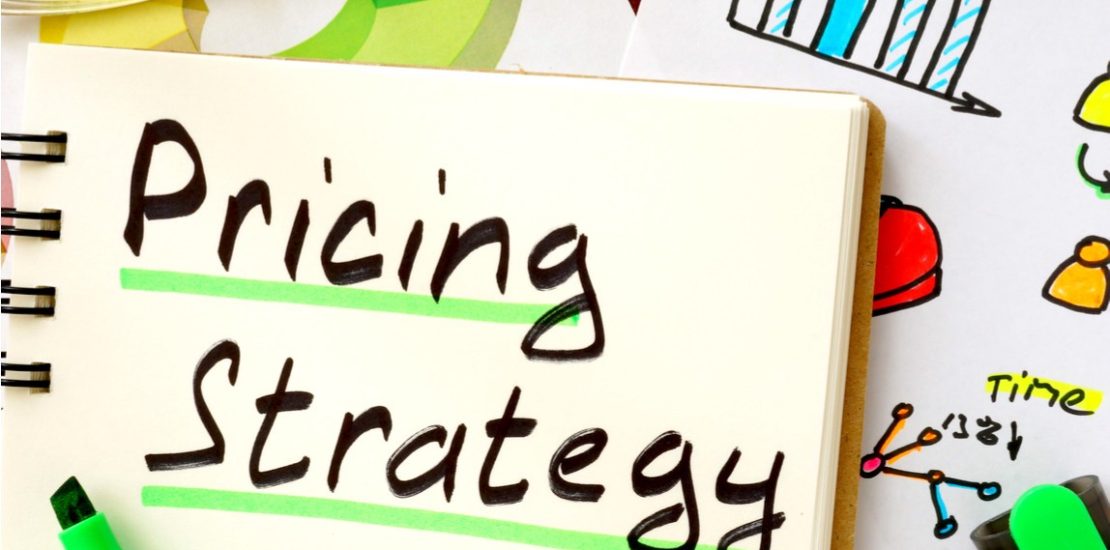- February 15, 2022
- Posted by: simba001
- Categories: Business Insights, Reatil POS Insights

Setting the price of a product is essentially the foundation for sales – literally. Pricing strategy is a big piece of the puzzle for retail businesses. It can be argued that pricing a product is a complex balancing act that’s part marketing, part psychology, and part guesswork.
Pricing of a product has a sweeping impact on business performance. When set thoughtfully, pricing can be a major factor in conveying the brand positioning and value proposition of a retail concept. Pricing approaches differ significantly when considering short-run designer garments (where a higher price might add to the cache) than when planning for everyday pantry items, such as eggs.
It can be argued that pricing a product is a complex balancing act that’s part marketing, part psychology, and part guesswork.
In this article, we’re going to give you suggestions and tips for getting your product pricing right.
Importance of setting the right price
The right price is a sweet spot that keeps your product competitive and valuable in the market while safeguarding your profit margin and taking into consideration all your costs.
Calculating your product pricing
Pricing really is a balancing act. Setting prices too high will prevent customers from buying your product, but setting them too low may mean that you don’t cover enough of your costs and aren’t making an appropriate profit margin.
So let’s take a quick look at some of the ways retailers can calculate product prices.
Cost-plus pricing
Here, you subtract the cost of production from the retail price to arrive at an approximate profit margin.
Value-based pricing
Here, you calculate what customers are willing to pay for your product before adding any costs. With this method you need to know what other companies charge for similar products so you can establish your ideal target market.
Competitor-based pricing
Research your competitors in the market and look into the similarities in your product ranges. Are you losing margin by discounting too heavily, or are you charging a lot more than businesses that sell similar products?
Elasticity-based pricing
‘Elasticity’ is how customers’ respond to price changes. You can measure it by analyzing the prices and sales quantities of past transactions and comparing the changes in price to changes in unit sales.
Cross-product based
Some items within a range are best priced in relation to others. For example, different flavors of the same size and brand of yogurt or cat food are frequently priced the same.
Keystone Pricing
Keystone pricing, an original method practiced by brick-and-mortar stores, sets an item’s initial purchase cost by doubling its wholesale price. This strategy ensures the revenue covers the business’s inventory cost with capital leftover. However, the keystone method can be innovated to fit any business need.
Bundle Pricing
As noted earlier, setting prices is a critical aspect in any business. It’s important to evaluate the various pricing strategies and choose the one that best suits your business/product.





